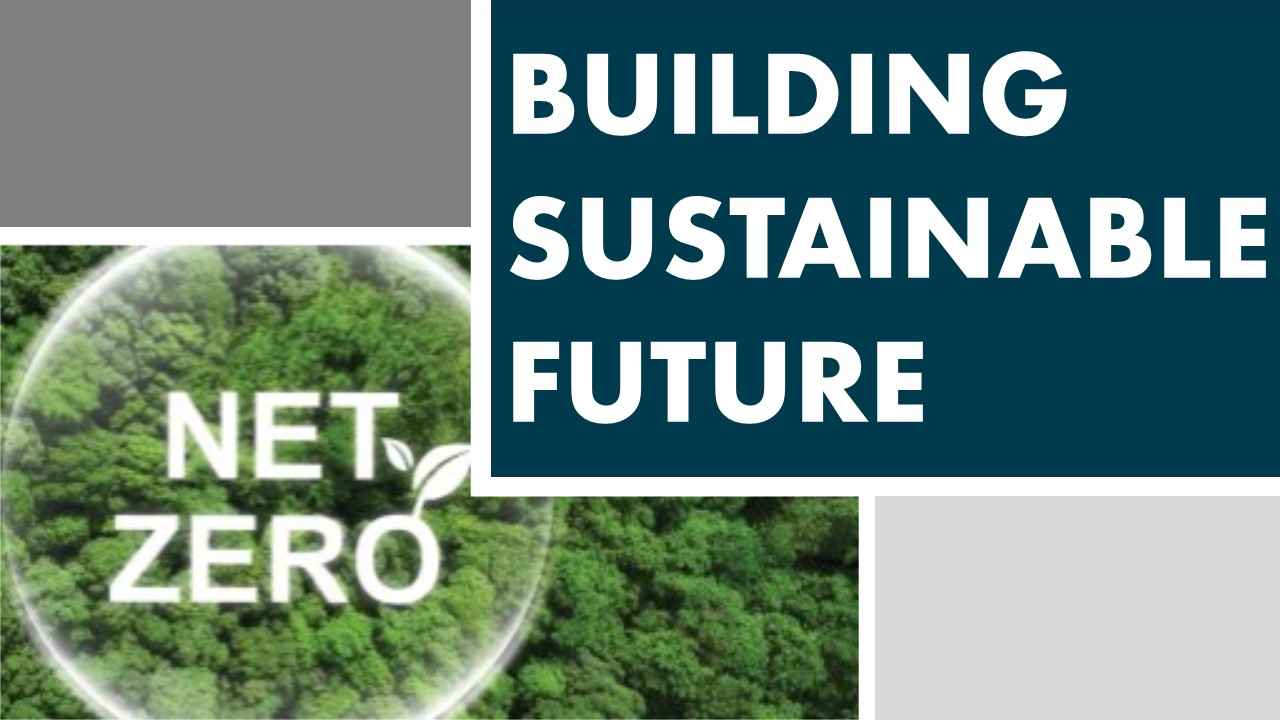Building a Sustainable Future: Journey to Net Zero
- By
- Pooja |
- August 07, 2023 |
- Civil Engineering, Innovation, Building/ Structure Engineering,

Table of Contents
Building Energy Management Systems:
Advanced Glazing Technologies:
Indoor Air Quality Technologies:
Net-Zero Building Certification Programs:
Improved environmental sustainability:
Improved indoor comfort and air quality:
Net-zero buildings represent a significant opportunity to reduce energy consumption and promote environmental sustainability in the built environment. By incorporating advanced technologies and design strategies, net-zero buildings can provide numerous benefits, including energy cost savings, improved indoor comfort and air quality, and increased resiliency. As the demand for sustainable buildings continues to grow, net-zero buildings are poised to play an increasingly important role in the future of the built environment.
Building Energy Management Systems:
Building energy management systems (BEMS) are computer-based systems that monitor and control a building's energy use. BEMS can integrate with HVAC systems, lighting systems, and other building systems to optimize energy use and reduce energy waste. By tracking energy use and identifying areas where energy efficiency can be improved, BEMS can help building owners and managers make informed decisions about energy management.
Advanced Glazing Technologies:
Windows and glazing can be a significant source of heat gain or loss in buildings, which can impact energy efficiency. Advanced glazing technologies, such as low-emissivity (low-e) coatings, spectrally selective coatings, and insulated glazing units (IGUs), can help reduce heat gain or loss and improve energy efficiency. For example, low-e coatings can help reduce the amount of heat that is transferred through windows, while spectrally selective coatings can allow natural light to enter while blocking heat.
Energy Storage Systems:
Energy storage systems, such as batteries and thermal storage systems, can help buildings store excess energy generated from renewable sources, such as solar panels or wind turbines. This energy can then be used when energy demand is high or when renewable energy sources are not available. By allowing buildings to store and use energy more efficiently, energy storage systems can help reduce energy costs and increase energy resiliency.
Smart Sensors and Controls:
Smart sensors and controls can be used to monitor and adjust building systems in real-time based on occupancy, weather conditions, and other factors. For example, smart lighting controls can adjust lighting levels based on occupancy or natural light levels, while smart HVAC controls can adjust temperature and ventilation based on occupancy and outdoor temperature.
Indoor Air Quality Technologies:
Indoor air quality (IAQ) technologies, such as air purification systems and ventilation systems, can help improve the health and comfort of building occupants while also reducing energy waste. For example, energy recovery ventilators (ERVs) can help reduce energy waste by recovering heat from exhaust air and transferring it to incoming fresh air.
Net-Zero Building Certification Programs:
Net-zero building certification programs, such as the Living Building Challenge and the Zero Energy Building Certification, provide a framework for designing, constructing, and operating net-zero buildings. These programs set standards for energy use, renewable energy generation, water use, and other sustainability metrics. By providing a clear set of guidelines and metrics for net-zero building design, certification programs can help ensure that net-zero buildings are designed and constructed to the highest standards of sustainability.
Net-zero building certification programs also provide a means of recognizing and promoting net-zero building achievements, which can help to raise awareness and spur further innovation in the industry.
Overall, these technologies and strategies can be combined to create highly efficient, sustainable buildings that generate as much energy as they consume. By implementing these technologies and design strategies, net-zero buildings can provide numerous benefits, including:
Energy cost savings:
Net-zero buildings are designed to minimize energy consumption and generate as much energy as they consume, resulting in significant energy cost savings over the life of the building.
Improved environmental sustainability:
By generating their own energy and reducing reliance on non-renewable sources, net-zero buildings can help reduce greenhouse gas emissions and promote environmental sustainability.
Improved indoor comfort and air quality:
Advanced ventilation systems, efficient heating and cooling systems, and other technologies can help improve indoor comfort and air quality for building occupants.
Increased resiliency:
By generating their own energy and incorporating energy storage systems, net-zero buildings can increase resiliency and reduce dependence on the grid.
Increased market value:
Net-zero buildings are increasingly in demand as businesses and individuals seek more sustainable and energy-efficient buildings, which can lead to increased market value.
In addition to these benefits, net-zero building certification programs can also help to encourage the adoption of sustainable building practices and raise awareness of the importance of reducing energy consumption and promoting environmental sustainability.
Going forward, the development of new technologies and design strategies will continue to drive innovation in the net-zero building industry. For example, advances in energy storage technology and the development of new materials and building systems can help to further improve the efficiency and sustainability of net-zero buildings.

Pooja
Founder at gcelab.com, Pooja is an Entrepreneur unlocking human potential. Working in the Principles of Lean Start-up, Pooja believes in Transparency and User Happiness the most. Pooja’s background in teaching gives her a sophisticated grasp on even the most tedious aspect of course building. She is passionate about people who believe that good is not enough.

